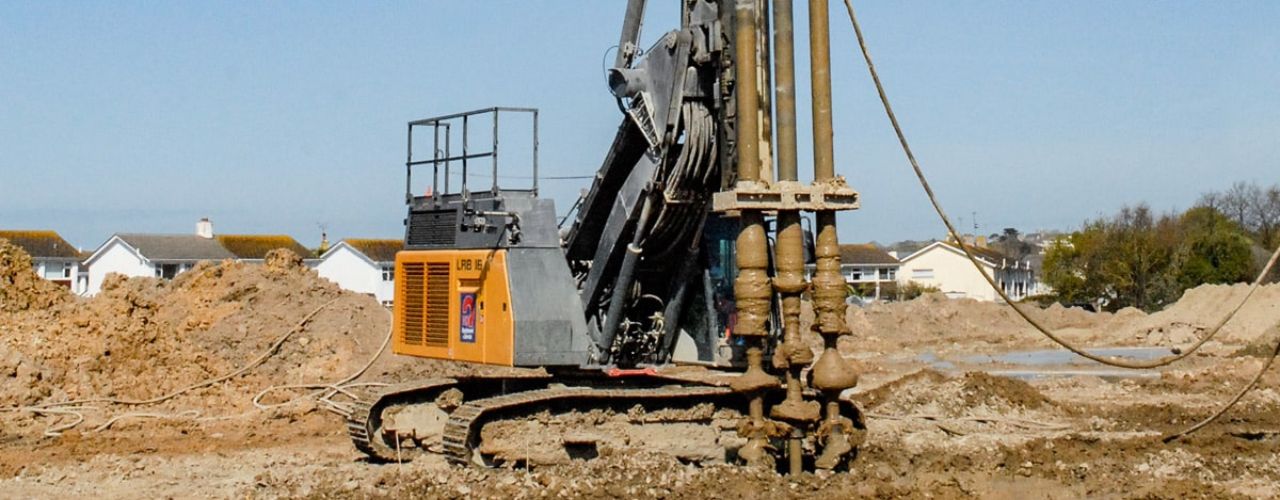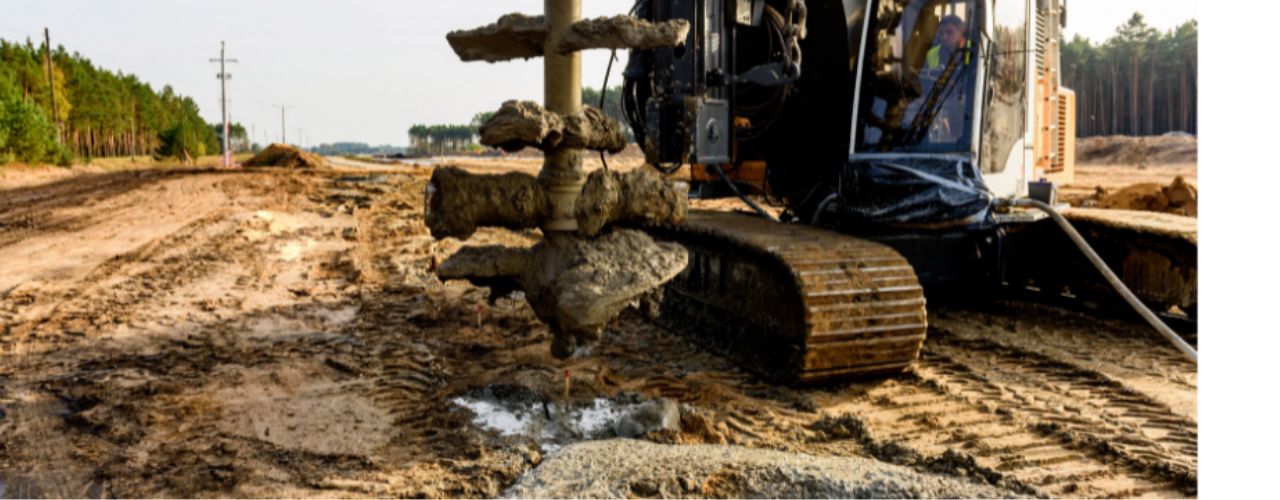
DEEP SOIL MIXING
ISO 9001:2005 Certified


Savinaya is a trusted geotech engineering company that specialises in providing comprehensive solutions for soil stabilisation and foundation support. Our deep soil mixing services are cost- effective solutions that ensure adequate foundation capacity and acceptable total and differential structural settlements to construction projects.
How Deep Soil Mixing Works?
Deep soil mixing is a ground improvement technique that involves mechanically mixing the in-situ soil with additives or binders to improve its properties. This process creates a composite material with enhanced strength, reduced compressibility, and improved drainage characteristics.
Deep soil mixing can be used to stabilise various types of soils, including clay, silt, and soft organic soils.

Why Choose Savinaya Infratech for Deep Soil Mixing
- Our team of skilled engineers and technicians is highly experienced in deep soil mixing techniques and technologies.
- We have successfully completed numerous projects, tackling challenging soil conditions and providing reliable solutions for our clients.
- We conduct thorough site investigations and analysis to develop a customised plan that best addresses your soil stabilisation requirements.
- We utilise cutting-edge equipment and technology for deep soil mixing, ensuring precise and efficient operations and delivering optimal results for our clients.
- Savinaya sources high-quality additives and binders for deep soil mixing, ensuring the durability and long-term stability of the treated soils.
- We also comply with environmental regulations, utilising eco-friendly materials and practices in our deep soil mixing processes.
FAQ's
Deep soil mixing is a ground improvement technique that involves mechanically mixing soil with a binder material to create a stronger, more stable soil column. The process typically involves drilling a vertical hole into the soil, adding the binder material, and then mixing it with the soil using specialized equipment. At Savinaya Infra, we have the expertise to carry out soil mixing efficiently. For details, please feel free to contact us.
Deep soil mixing has several advantages, including its ability to improve soil stability and bearing capacity, increase soil stiffness, reduce settlement, and mitigate liquefaction potential. It can also be used to create barriers to prevent groundwater infiltration and contamination.
The binder materials used in deep soil mixing can vary depending on the project requirements and soil conditions. Common binders include cement, lime, fly ash, and bentonite.
One of the main limitations of deep soil mixing is its relatively high cost compared to other ground improvement techniques. It may also not be suitable for all soil types or site conditions.
Deep soil mixing is typically used in situations where the soil is weak or unstable, or where the existing soil conditions are not suitable for supporting the planned structure or infrastructure. It is commonly used in foundation construction, slope stabilisation, and liquefaction mitigation projects. However, the specific application of deep soil mixing should always be evaluated by a qualified engineer or geotechnical expert.
